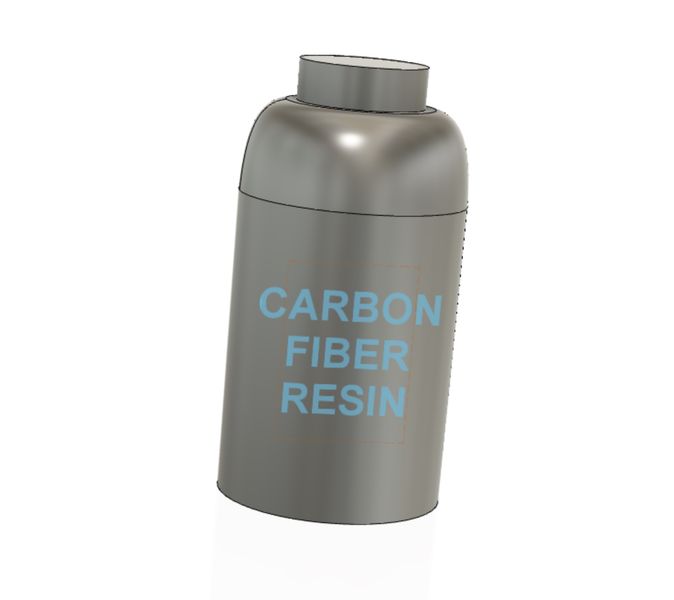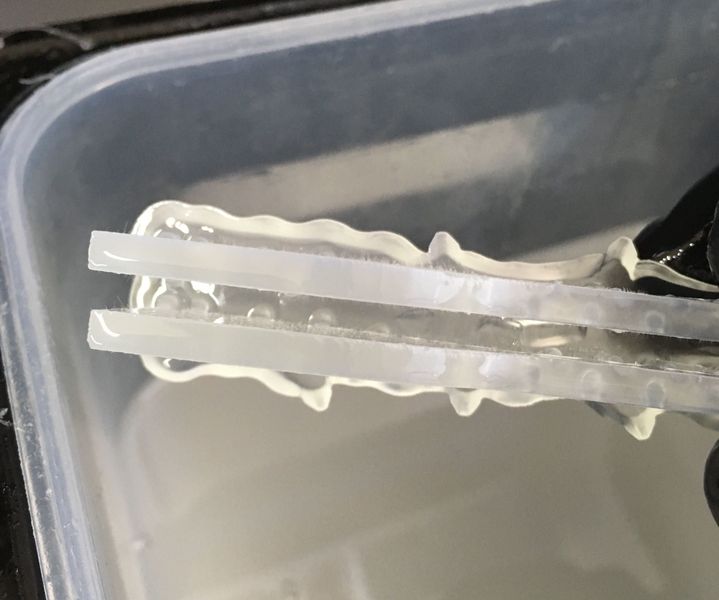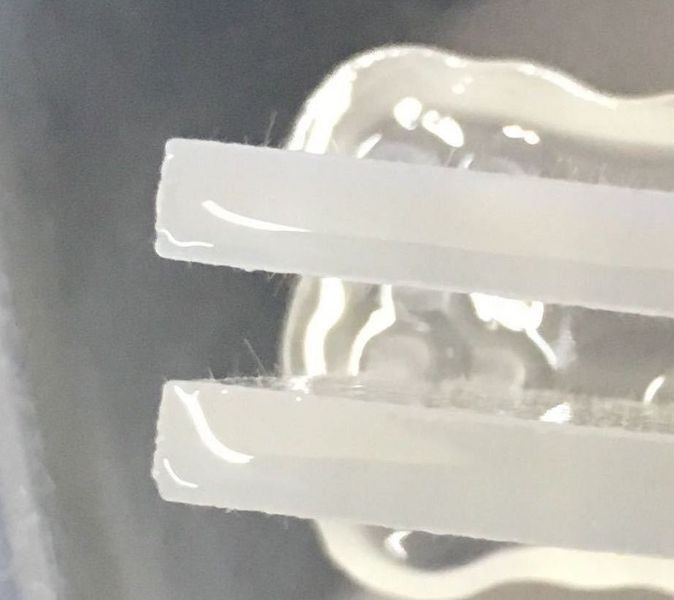
After a chance call from a reader, I wondered about the apparent unavailability of carbon fiber reinforced 3D printer resin, and learned a great deal.
Carbon fiber is a material that simply cannot be 3D printed — on its own. This material is one of the very strongest known due to its molecular structure and is also lightweight and conductive. It would be a welcome addition to any structure or object for those properties, but unfortunately it’s not that easy to do.
Alone, carbon fiber is unprintable, as it is not a thermoplastic that can be softened and crystallized. It has been used in 3D printing in two ways:
As an additive for composite filaments, typically by mixing tiny chopped bits of carbon fiber with a thermoplastic polymer binder in the form of a filament.
As a secondary material embedded during a 3D print by a wire deposition mechanism, usually in continuous form, not chopped.
Both of these methods are now used in the industry, with the continuous carbon fiber approaches producing the strongest possible parts.
Carbon Fiber Resin
If carbon fiber was added to filaments so easily, why has it not been done for 3D printer resin? If this was possible might we be able to produce ultra-strong high-resolution parts on SLA, DLP or LCD 3D printers?
It would at first seem quite feasible, as resins could be mixed with commonly available chopped carbon fiber. Printing operations might even be enhanced, as the dark carbon fibers would prevent light from leaking into neighboring areas and this would result in much crisper 3D prints.
I did some searches to see if there was anyone selling carbon fiber resin for 3D printing and was unable to identify any sources. The only source I could find was conventional carbon fiber resins used for fixing watercraft or injection molding.
Why No Carbon Fiber Resin?
I did find a short discussion thread in the Formlabs forums, where Form equipment operators briefly discussed this concept, and from there I learned the likely reasons why there is no carbon fiber resin, and why there is not likely to be any in the near future.
Apparently carbon fiber does not bond well with acrylate material, which is the base for most 3D printer photopolymer resins. This means that the resulting parts could be weaker as they would fall apart more easily.
Another important reason is the way resin 3D printers work: they push the build plate very close to the resin tank bottom, where upon the light source engages, shining through the tank bottom. This “squishing” movement would very likely align the loose chopped carbon fibers in the resin towards the X-Y axis, laying them down. The resulting 3D print would thus not benefit in the Z-axis from carbon fiber strength.
Yet another problem is that while in a filament extrusion system the fibers are corralled into the extrusion thread by the nozzle, they would not be with the SLA process. Instead the fibers would literally stick out of the sides of the print.

Here you can see the results of an experiment using chopped glass fibers instead of carbon fibers, but the result would be the same. And here is a close-up of the fibers:

Finally, in order to achieve the finest resolution, which is the goal of resin 3D printers, you would have to use very finely chopped carbon fibers. But by making them very short the “length strength” of them is basically lost. Thus you would not expect to build very strong parts.
In the end it seems clear to me that carbon fiber resin probably shouldn’t be a thing.
Via Formlabs


Fortify found a way 🙂
https://3dfortify.com/process/
Hi Kerry! This is actually possible 🙂
This sounds quite intriguing – please contact us at [email protected] and we’d like to discuss